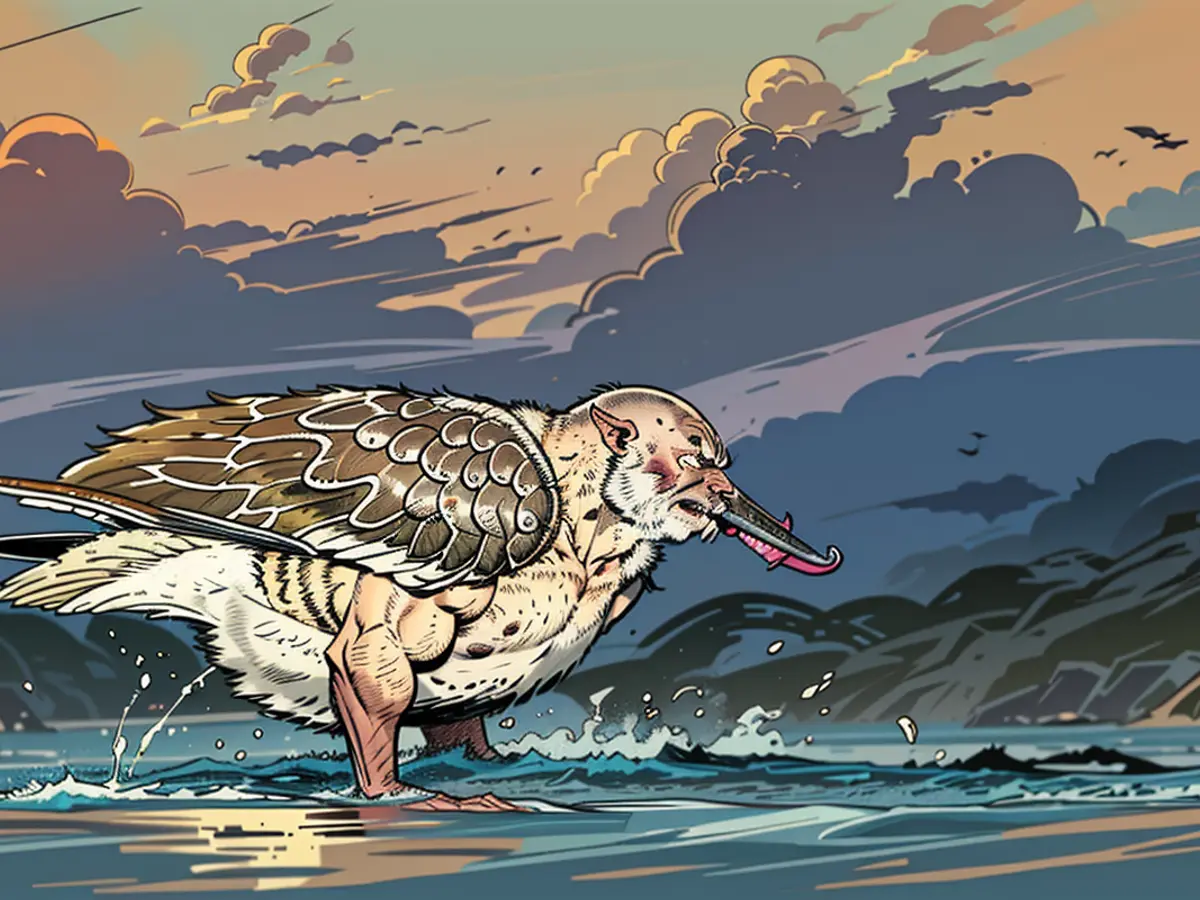Climate change is changing the Wadden Sea rapidly
The warming of the seas can be particularly clearly observed in the North Sea. For example, organisms that thrive in warmth are increasing there, while other species are migrating to cooler waters. According to a study, the entire ecosystem is being reformed.
The Wadden Sea is changing at a record pace due to climate change. This is the result of a comprehensive report by around 30 researchers from the Alfred Wegener Institute (AWI). Climate change is transforming an ecosystem in its entirety at a speed never seen before, explain Christian Buschbaum and Lisa Shama, who are authors of the study and work at the AWI Wadden Sea Station List on Sylt. "Climate change is acting on all levels of the Wadden Sea," says Buschbaum.
Rising temperatures and sea level rise are changing the shape of the coast and the transport of sediments. "The Wadden Sea in the southeastern North Sea is warming faster than many other temperate coastal regions, with the surface temperature of the seawater having increased by almost two degrees in the last 60 years, which is almost double the average global increase in the oceans," the researchers write in their report in the journal "Marine Biodiversity".
Mild winters and very warm summer temperatures have a significant impact on the ecosystem, with heatwaves with temperatures three to five degrees above average becoming more frequent and lasting longer. This affects species in the water and on the seabed.
Invasive species are spreading
Some species, such as cod, are particularly affected by these changes and are suffering from both warming and overfishing. Buschbaum explained: "We are also observing a clear increase in invasive, warmth-loving species." These do not yet threaten native organisms, but they are changing the ecosystem. "Giant reefs of Pacific oysters and hectares of underwater forests formed by algae from the Far East are immediately visible to every Wadden Sea walker," said the researcher.
To some extent, Wadden Sea organisms could adapt their behavior and appearance in response to direct environmental stimuli, explained evolutionary biologist Shama. They may, for example, be active at different times or their growth rate may change. It is also possible that they adapt their reproduction with more offspring to compensate for possible losses due to heat.
The AWI emphasized that the Wadden Sea is of great ecological importance for many fish and bird species, such as herring, oystercatchers, and plaice. These animal species use this area for at least one phase of their life cycle. For example, it serves as a nursery and feeding ground and provides young fish with protection from predators. However, climate warming is shifting the occurrence of these species, with fish migrating south or bottom-dwelling species retreating to deeper and cooler water. Those that cannot shift their ranges will have to adapt to the ever-warming conditions in the Wadden Sea.
Other animals, such as the Pacific oysters and Far Eastern algae, are spreading as invasive species due to the warming of the Wadden Sea. This influx of other animals is causing changes in the ecosystem, however, they have not yet posed a significant threat to native organisms.
The warming of the Wadden Sea is causing shifts in the occurrence of many species, with fish migrating south and bottom-dwelling species retreating to deeper and cooler waters. Those that cannot shift their ranges will have to adapt to the ever-warming conditions in the Wadden Sea, which will likely impact a variety of other animals.








